Whether you enjoy cultural attractions or active adventures or RV camping – these 3 cool things to do in Overton, Nevada should be on your list. First, start the day with a tour of the Lost City Museum. Next, work off lunch with a rip around – or a walk if you prefer a slower pace – the Overton mountain biking trails. And finally, relax by the fire in your free campsite at the Overton Wildlife Management Area.
Disclosure: This post contains affiliate links. If you buy something from one of our affiliates, we receive a small commission at no extra charge to you. Thanks for helping to keep our blog up and running!
Table of Contents
Of All Things to Do in Overton This is Number One
Visiting the Lost City Museum is a must for anyone visiting Overton.
But the story really begins long before the museum.
John and Fay Perkins were brothers with a passion for exploring. They grew up in the Moapa Valley area. In the early 1920s, they discovered something they knew was special. Fay Perkins wrote a letter.
It must have been a doozy of a missive, because in 1924 the Nevada governor showed up in Overton with an archaeologist from New York City. It was a “Lost City.” And these amazing ruins helped put Overton on the map.
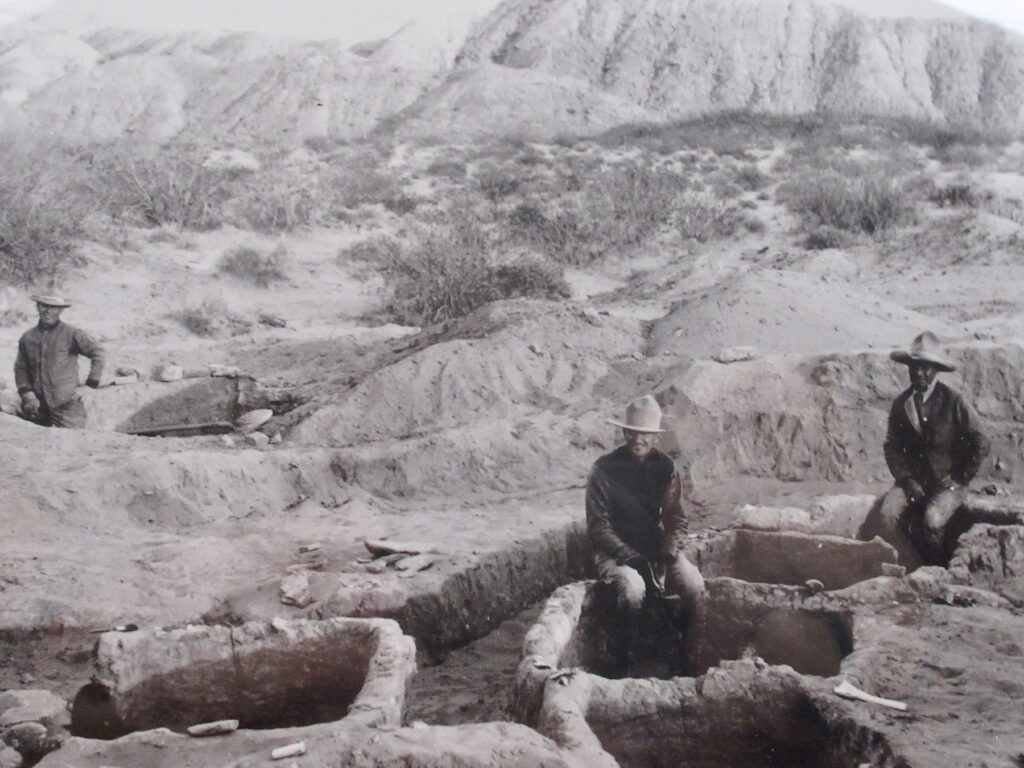
What is the Lost City?
The Lost City is a series of Basketmaker and Pueblo ruins extending the 30-mile length of the Muddy River Valley. The earliest settlers worked, farmed, and hunted here from 300 B.C. to A.D. 1150.
Back up a minute… “Basketmaker and Pueblo” – what is that all about?
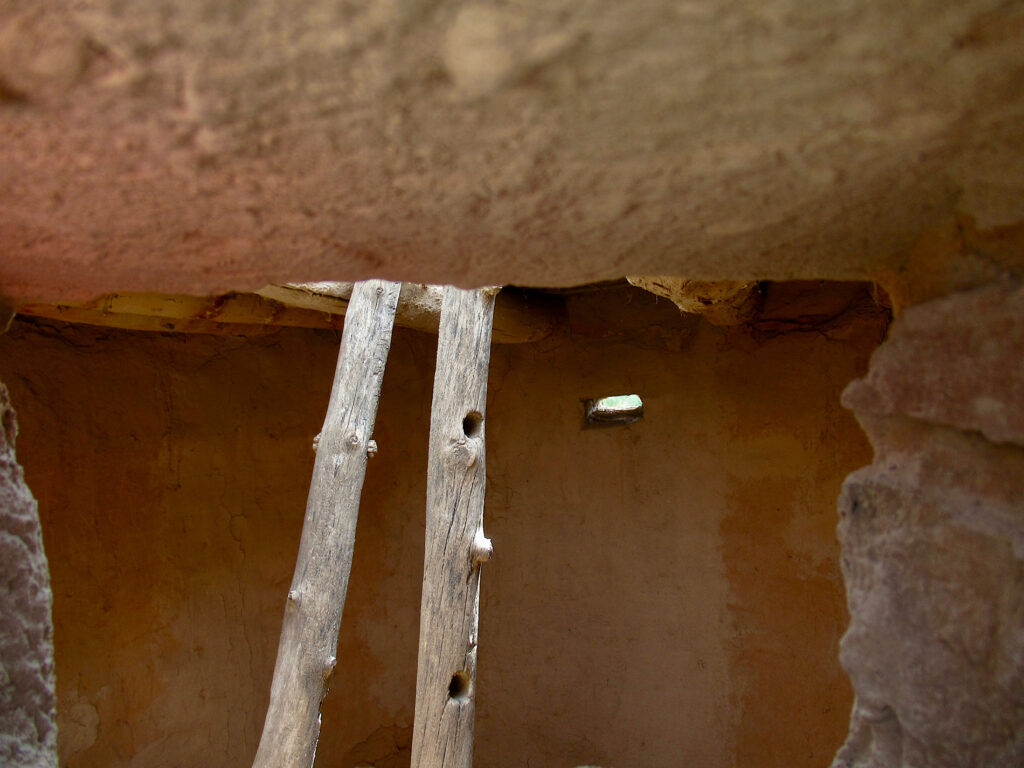
Defining the Past
Basketmaker and Pueblo refer to time periods. Archaeologists originally thought they were distinctly different people but there aren’t a lot of facts to substantiate that theory. It’s simpler to look at these terms as changes in technology through time rather than distinct groups of people.
Woven baskets transported and stored goods before the era of pottery. Archaeologists called this time the Basketmaker period. People lived in pit houses. Depressions were dug in the ground and covered with a brush roof. Pit houses were relatively simple to construct.
Over time, people began to settle for longer periods in the fertile Moapa Valley. As a result of staying in one place, they were able to start farming. In due time, housing construction changed. Homes are built closer to ground level. It makes it easier to attach rooms. A series of attached building is called a pueblo. This is what archaeologists refer to as the Pueblo period.
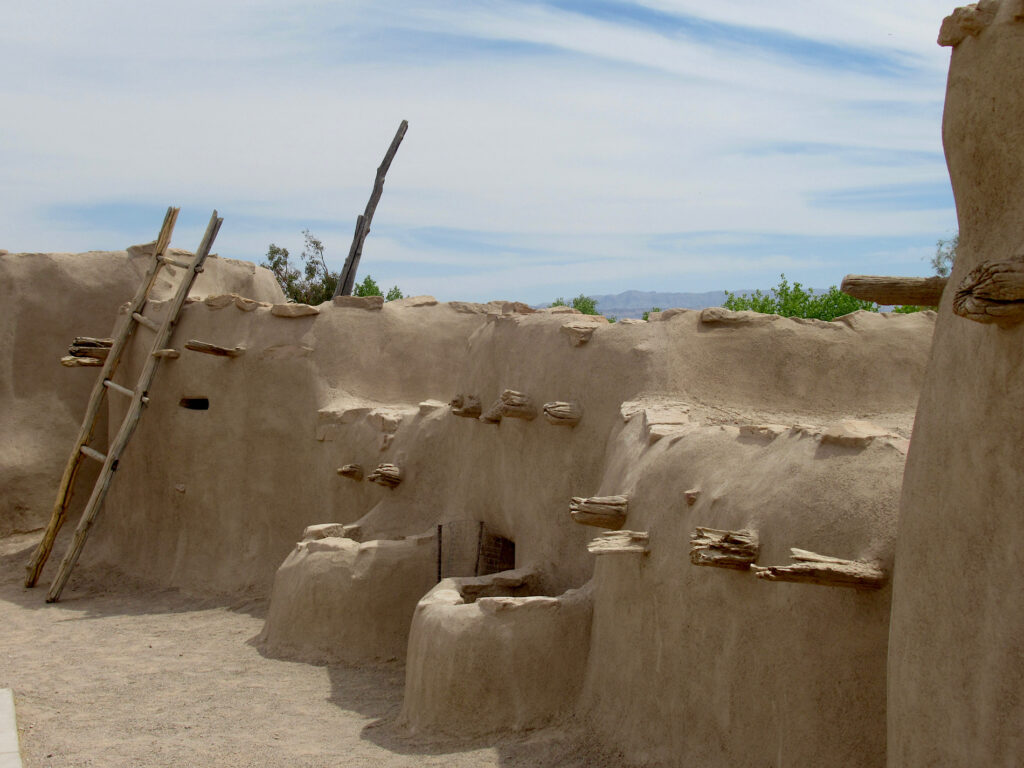
What’s in a Name?
Before we move on with the rest of the story, it’s important to look understand one more thing.
Prehistoric peoples lived in the Moapa Valley for well over 1,000 years. Their culture developed similarly to that of Puebloan cultures in Utah, Colorado, New Mexico, and Arizona – an area often referred to as the “Four Corners.”
Heading into Utah after this? Be sure to check out our post
“Outdoor Adventures while Camping in Snow Canyon State Park.”
Archaeologists don’t know if the people in the Four Corners and the people in the Moapa Valley shared language and genetic history, but all built attached pueblos using the resources available to them. Hopi people in Arizona claim all these people as their ancestors.
Archaeologists originally identified people from this period as Anasazi. Anasazi is a Navajo word. It has various translations from “enemy ancestors” to “all used up” to “ancient enemies”. The Navajo do not consider the ruins of the Anasazi as their ancestral homes.
The Hopi reject the Navajo term as derogatory. They use the Hopi word Hisatsinom to refer to their ancient ancestors. As a result, most archaeologists now use the term Ancestral Pueblo for this period.
Be sure to head up towards Cathedral Gorge and the Lincoln County rock art sites
if you are spending time in Nevada.
Back to the Tale of Uncovering the Lost City
Between 1000 and 1100 A.D., the Lost City was the largest grouping in people in the Western Puebloan area. It was in the Muddy River valley, near an area that would later become the Mormon community – and now ghost town – of St. Thomas.
When archaeologist Mark R. Harrington – and his newly assigned assistant Fay Perkins – led the first excavations here in the late 1920s. The site becomes known as the Pueblo Grande de Nevada. In the past, upwards of 10,000 to 20,000 people lived here. A total of 121 separate housing structures are excavated. The largest building had over 100 rooms.
The name “Lost City” came from the fact that the pueblo structures – made of mud and sticks and stones – disintegrated over time. But it was an evocative name that worked well to raise public interest for fund-raising campaigns. Articles are written. The name sticks.
Backbone of the Work
Harrington was the lead archaeologist on the Lost City project, but he could not possibly tackle something of this size on his own.
And there is a new urgency for the archaeological work to be done quickly.
Engineering surveys suggested that the construction of Hoover Dam on the Colorado River would flood and destroy many of the sites as the waters of Lake Mead began to rise.
In 1933, as part of Franklin D. Roosevelt’s “New Deal,” Overton becomes homes for a new CCC camp. CCC work crews assist with the excavation of the Lost City sites.
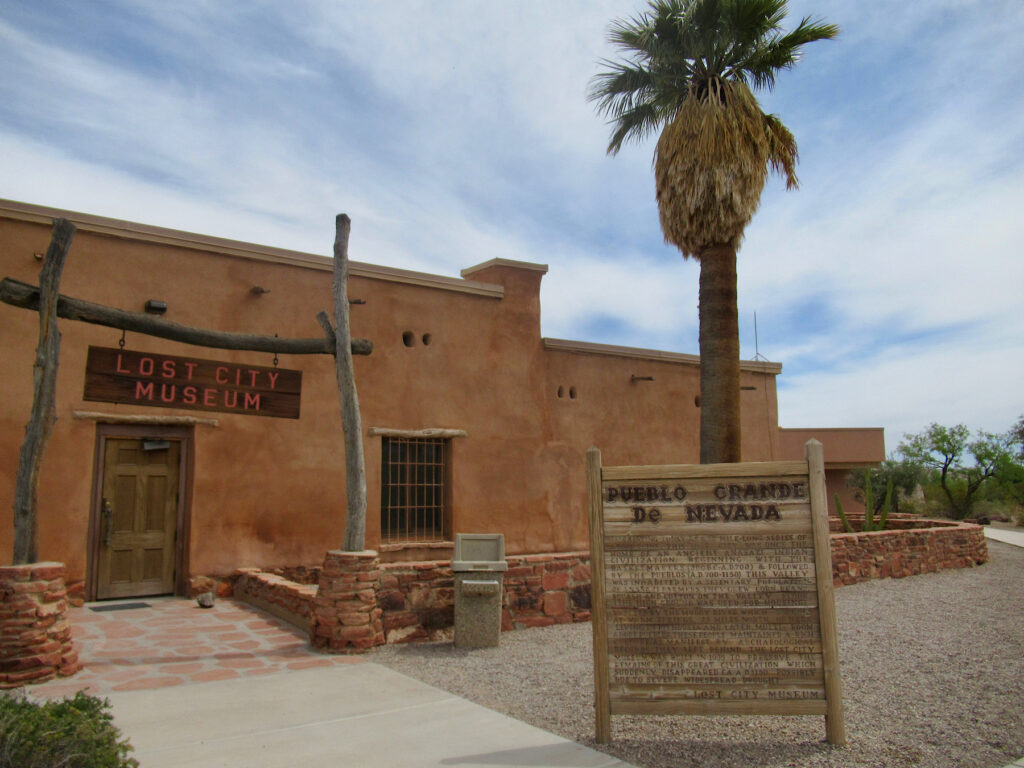
The Lost City Museum
In 1935, the work crews were also tasked with building the Lost City Museum. Following a design set out by Harrington, the museum was built of sun-dried adobe bricks. As you approach the museum, take a moment to admire the historic architecture of the building itself. This beautiful stone and adobe building was built is now on the National Historic Register.
The museum was originally built to serve as the headquarters of the newly formed Boulder Dam State Park. It was to house archaeological artifacts from Ancestral Puebloan sites such as the Pueblo Grande de Nevada – The Lost City.
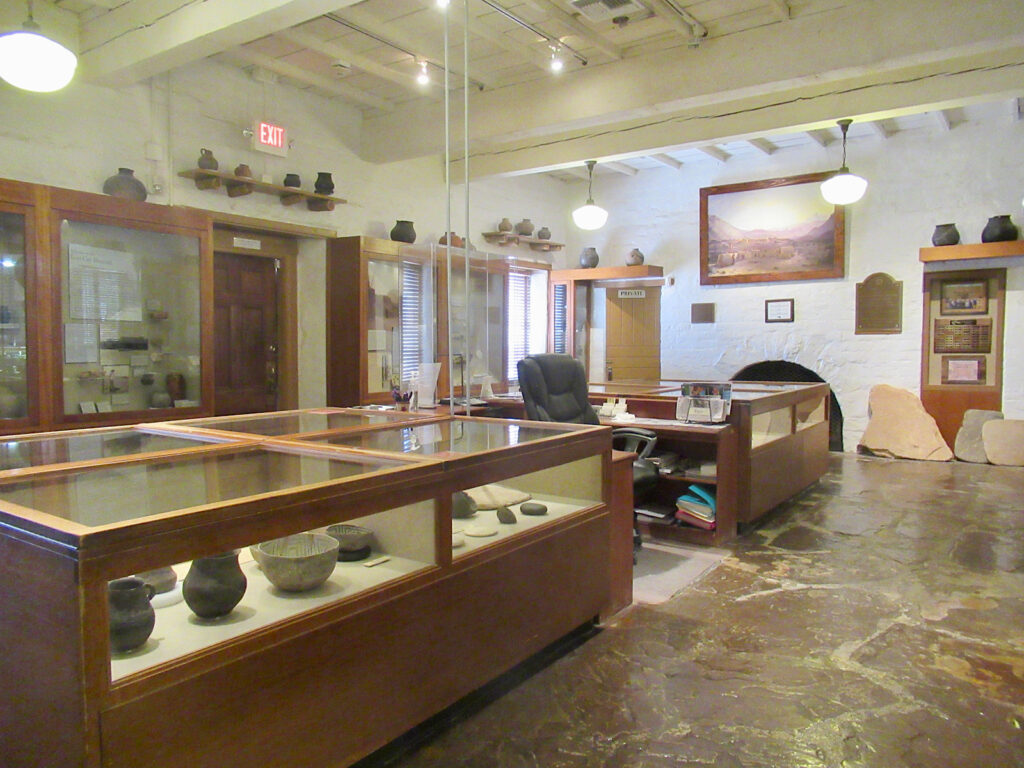
We spent several hours poring over the displays and could have spent longer – but the sun was shining, and the mountain biking trails were calling.
Things to Do in Overton Includes Mountain Biking?
Yes, Overton has a couple of sweet mountain biking trails. We have driven by here numerous times and never knew what lay in the hills just off Highway 169 on the outskirts of town.
We started with the flowy little warmup loop (easy green), pedalled over to Jackrabbit (green) and along Grindstone (blue). In the distance, trails meander up and down along the hillside, getting better and better views. Well-signed intersections made it easy to find our way.
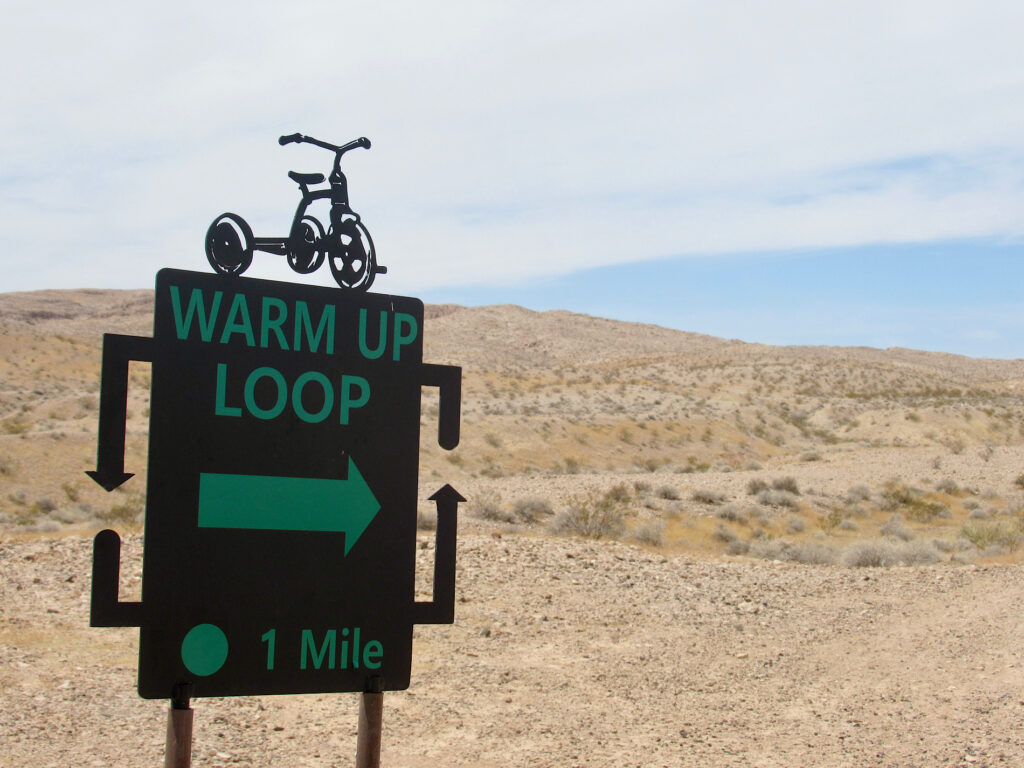
Heading back down to Jackrabbit – now called Ribcage at this point and a much harder green than first part. Signs indicated that the “swamp jumps” were closed.
A Swamp in the Desert?
Swamp jumps?
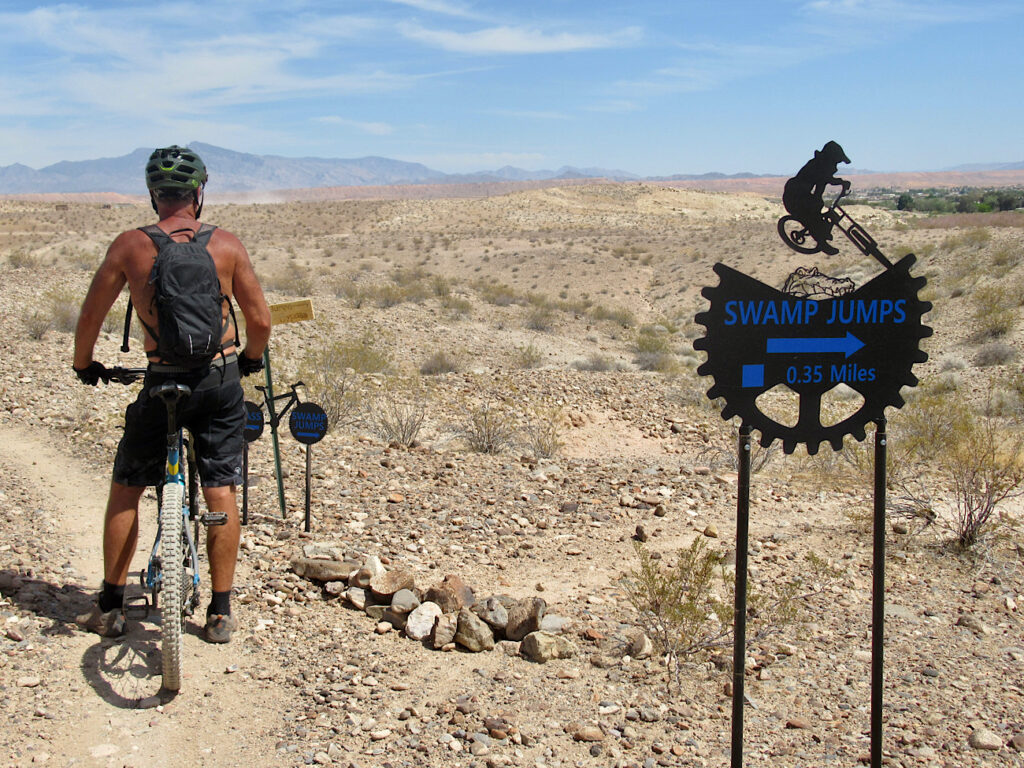
Taking a detour off on the relatively newly built Ibis trail, we rode to an overlook of the heavily vegetated river bottom.
A jackrabbit bounding up the hillside. A great egret flew away over green bush tops. An eagle – couldn’t tell species from this distance – flew leisurely off in the distance. A kingfisher noisily made its way upstream and then a grumpy heron squawked at it moved across the wash.
It was veritable feast of wildlife viewing in a couple short minutes.
For now, we continue up to road and down other side where the trail swoops and curves downhill. Heading back up through a narrow rivulet wash, we pedalled quick past the bees’ nest in the muddy cliff face overhead.
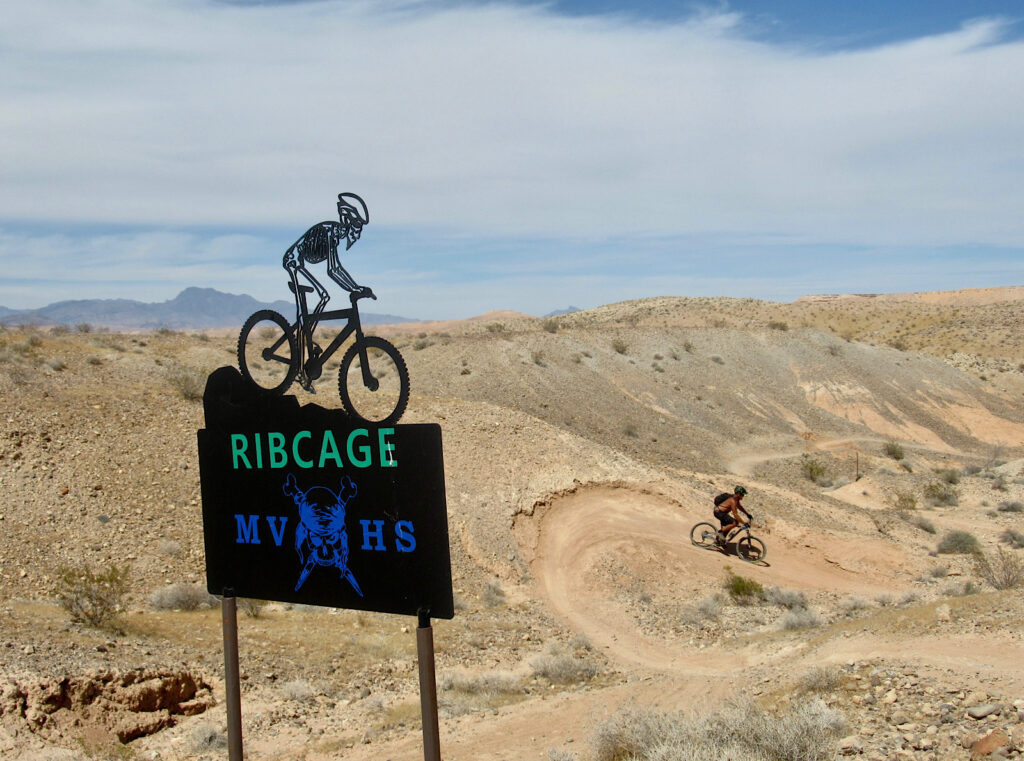
Back at the truck we considered another loop, but the afternoon sun was starting to wane. Without a doubt we’ll be back to explore more in the future. Right now, it’s time to think about heading back to camp.
Try a 7-day free trial of AllTrails+!
Free Camping at Overton Wildlife Management Area
Driving out of town we notice the sign for Overton Wildlife Management Area. It says camping.
“Wonder what it’s like?”
Knowing we’ll be back this way again we’re always adding to our future file of potential places to camp and things to do.
We pull in.
There are eight free camping spots right off the entrance to the wildlife area. One of seven campsites is available. The sites are rustic with no washrooms or other facilities, but if you’re a self-contained RV, this is an excellent spot to spend a night or two.
And you can’t beat the price – free!
Like camping for free?
Check out our posts about boondocking at
Saddle Mountain, Arizona & Kofa National Wildlife Refuge, Arizona.
When You Go
Where is Overton, Nevada? Overton is about 1 1/4 hours northeast of Las Vegas. It’s a tiny dot on the map, north of Valley of Fire State Park on Hwy 169. The easiest way to get there is to drive north on I-15 and take the Logandale exit (Exit 93). Turn right onto Hwy 169 and drive south to Overton.
The Lost City Museum costs $6/person entry.
To access the Overton bike trails, drive north of Overton towards I-15. Turn left (west) on Waterline Road and drive to a large paved open area. The signed warmup loop begins across the road.
Free camping is available at the Overton Wildlife Management Area on the south end of town. Turn left (east) into the refuge when heading south on Hwy 169.
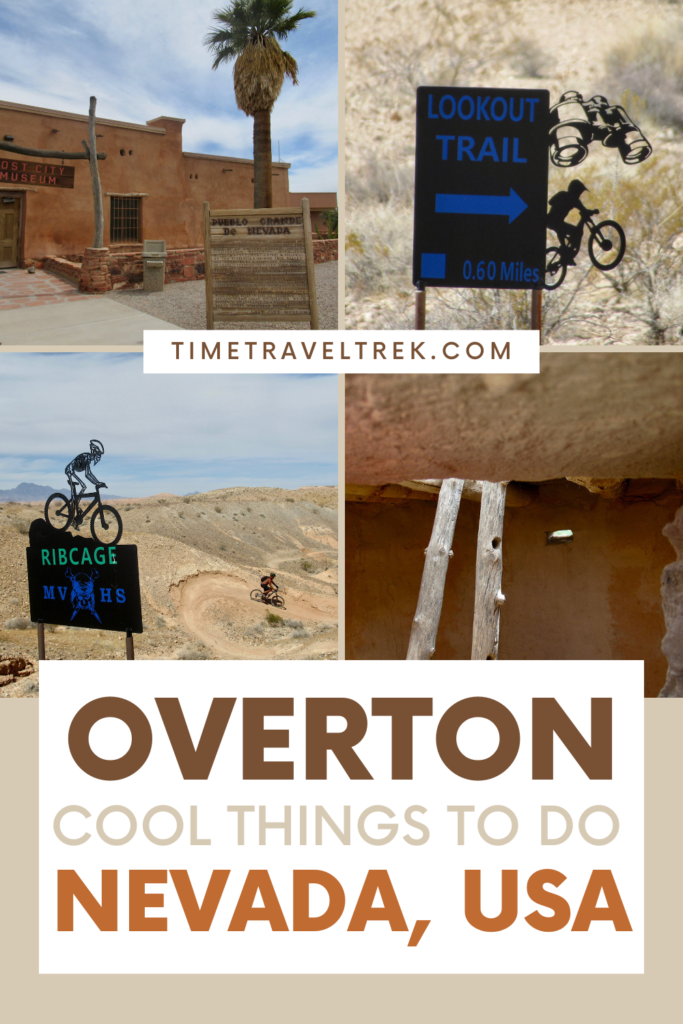



Leave a Reply